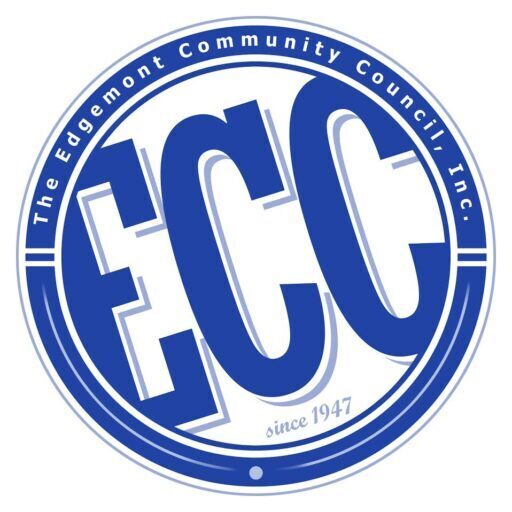At the end of the day, the hypocrisy of including in next year’s budget $204,000 in building permit revenue from a controversial assisted living proposal in Edgemont that doesn’t appear to satisfy the Town’s zoning law was too much to bear even for the Greenburgh Town Board.
So, just before the start of a budget hearing at tonight’s town board meeting, the board released a set of budget modifications which included eliminating the $204,000 the building inspector expected to receive in building permit fees from Shelbourne, the company proposing the 80-unit assisted living facility at the corner of Underhill and Sprain Roads in Edgemont.
The Edgemont Community Council had criticized Town Supervisor Paul Feiner for including the $204,000 as part of the unusually large $5.1 million in revenue that the building inspector claimed he will collect from building permits in 2016, claiming its inclusion in the budget showed the “fix was in” for Shelbourne in terms of getting its approvals.
The ECC is currently appealing the building inspector’s ruling this summer that Shelbourne did not need any zoning variances to get its approval.
The zoning code allows assisted living facilities to be built in residential neighborhoods, provided they are on mininum four-acre sites and, to ensure easy access in the event of medical emergencies, they must also be within 200 feet of a state or county right-of-way, not including parkways or interstates.
Here, however, Shelbourne ‘s site is less than four acres and the nearest state or county right-of-way is Central Avenue, which is nearly a mile away.
The building inspector said the town board could waive the four-acre minimum and a small parcel of state-owned property adjacent to Underhill Road , which is a town road, is within 200 feet of the proposed site and therefore, according to the building inspector, satisfies the “right-of-way” requirement.
The town board also added around $400,000 in additional spending after hearing pleas earlier this week from department heads that the original budget proposal didn’t include money for a number of items for which the Town is already contractually obligated to pay.
To keep the Town within the state property tax cap, which for next year allows for an increase in the tax levy of only 0.73%, the Town Board instead agreed to increase the drawdown of fund balance from around $1 million in the B fund to $1.5 million and from $1.1 million in the A fund to $1.2 million, for a total drawdown of fund balance next year of $2.6 million.
The heavy reliance on fund balance to prevent a tax hike is contrary to the Town’s fund balance policy which was adopted in 2008 to discourage reliance on the fund balance to fund current operating expenses. The fund balance policy was adopted after town officials had run out of fund balance, resulting in a tax hike of 23%.
Without the fund balance next year, the Town would have to increase taxes in unincorporated Greenburgh by around 3% (each $500,000 accounts for a single percentage point).
But the Town Board is still sticking with projected revenue from the building inspector of $4.9 million. That figure represents more than double the highest amount of building permit fees ever collected in town history and critics believe the amount has been artificially inflated in order to reduce reliance on the fund balance while still staying within the tax cap.
The highest amount of building permit fees ever collected was in 2011, when the Town collected in excess of $2.3 million.
If the $4.9 million estimate is artificially inflated by, say, $2.5 million, that would translate into an additional increase in town taxes of five more percentage points, which, rather than having an increase in taxes of less than 1% next year, would instead bring next year’s tax hike to more than 9%.
When asked for a breakdown of the $4.9 million figure, the town comptroller earlier this week said that $2.52 million of it would come from the buiding of Regeneron’s world headquarters.
The problem with that analysis is that Regeneron’s headquarters is being built not in Greenburgh, but in neighboring Mt. Pleasant, and the only Regeneron building currently proposed for Greenburgh is a relatively modest 129,000 square foot laboratory – the construction of which would almost certainly not generate revenue in the amount currently being estimated.
The town board was warned to pay close attention to the revenue figure because if it appears artificially inflated to residents at a budget hearing, it may also appear artificially inflated to the state comptroller’s office. Because the state now issues tax refunds to taxpayers in municipalities that adhere to the tax cap, it was suggested that the state comptroller might investigate Greenburgh if it appeared to be playing fast and loose with its revenue projections in order to stay within the cap and thereby get refund checks mailed to residents under false pretenses.
Other questions on the budget tonight concerned the amount being spent on the Town’s after school program. After years of identifying the amount with a line item referring to the Xposure program, next year’s budget omits any mention of Xposure at all. Instead, money to support the program will come out of the Community Center’s budget for “part-time” education and its budget for transportation since the Town provides free busing for Xposure enrollees who attend schools in the Greenburgh Central school district.
As is usual at town board meetings, no questions were answered.
The town board closed the public hearing on the budget and scheduled a vote to adopt it on December 16, 2015.
